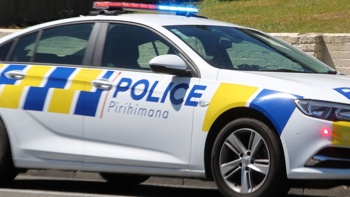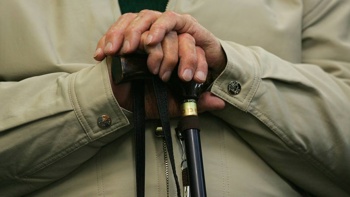
COMMENT:
Like lawyers or economists, today's Green Party has eight MPs but at least as many opinions and factions.
Today's divisions emerge from the past. The green movement arose in the 1970s as an extreme-left, anti-capitalist alliance demanding below-zero economic and population growth and a return to pre-industrial living.
Before the Kampuchean killing fields, green activists saw merit in Pol Pot's vision of abolishing cities and establishing an agrarian paradise.
But the movement broadened. From the start, it was linked to the progressive concerns of the day, including abortion, homosexual law reform and whales.
It demanded drug liberalisation and opposed nuclear technology, as well as excessive hydro-electricity.
Since then, a wider range of environmental issues have come to the fore, including oil spills, the ozone hole, endangered species, native logging, genetic engineering, global warming and plastic bags.
The green movement has embraced the lot, along with poverty and the liberation of everything from West Papua to a certain c-word.
The movement — now led by the Green Party of Aotearoa New Zealand — is sometimes criticised for inconsistency, but the critics fail to see what connects the issues.
True Greens are not concerned about climate change, poverty or endangered species per se, but see them as mere symptoms of the real problem, which is capitalism and the population growth it allows.
Nevertheless, the breadth of issues the Green Party has embraced has drawn a wider range of supporters including those primarily concerned not with ending capitalism, but addressing its alleged adverse effects.
Maintaining a coalition beyond True Greens has required the party to strike a balance between its ultimate agenda and the more prosaic worries of the newcomers.
Until now, the leadership combinations of Rod Donald, Jeanette Fitzsimons, Russel Norman and Metiria Turei have done that successfully. One co-leader, like Turei, would have greater support among True Greens while the other, like Norman, could appeal more broadly.
But this should not be overstated. While Norman looked good in a suit and tie, his background was in the Australian communist movement and he could appeal to True Greens as well as anyone.
Conversely, Turei positioned herself as a former corporate lawyer when defeating the radical Sue Bradford for the female co-leadership in 2009.
In terms of gender and brand, these combinations were yin and yang but they fitted together well.
No longer. While some Greens thought they were getting identikits of Norman and Turei by electing co-leaders James Shaw and Marama Davidson, they have been proven wrong.
Far from having Norman's True Green whakapapa, Shaw is a Wellington technocrat more at home at his former employer PwC than at a radicals' rally.
He is part of a three-strong faction in Parliament but the other members are Labour's David Parker and National's Todd Muller, with whom he is trying to establish a multiparty consensus on climate change that might not save the planet but would certainly destroy the party.
For her part, Davidson joins Hone Harawira as the only genuine radicals to have become party leaders.
It's unsurprising that Davidson declined to participate in post-election negotiations with Labour.
Such processes are far too bourgeois for someone who deeply believes the New Zealand state is illegitimate.
Davidson may lead a faction of one in Parliament but she is a cult figure among Green activists who plan to insert her disciples into key party positions at its AGM this weekend.
The rest of the party's caucus is similarly split.
Eugenie Sage is a genuine environmentalist rather than True Green but gets no credit for her wins on oil and gas, conservation funding and plastic bags.
Jan Logie worries more about the spirit of Te Tiriti o Waitangi than about the details of the Paris Climate Accord.
Julie-Ann Genter is the smartest Green Minister and a genuine expert on transport and urban planning but her American heritage is a problem among the base.
The party's longest-serving MP, Gareth Hughes, is on the outer, having been overlooked for promotion despite more than eight years in Parliament.
Chloe Swarbrick, 24, and Golriz Ghahraman, 37, compete to be the darling of the party's millennials with their eyes on the longer term.
This is not a happy crew. The Greens risk heading into the next election with deeply confused messages, their yin and yang no longer in harmony.
And things may soon get worse. If Davidson's True Green takeover succeeds this weekend, the party could find itself in competition for the genuine environmentalist vote with a reincarnated TOP, perhaps as early as next week. Don't rule out a split.
- Matthew Hooton is managing director of PR and corporate affairs firm Exceltium.
Take your Radio, Podcasts and Music with you









